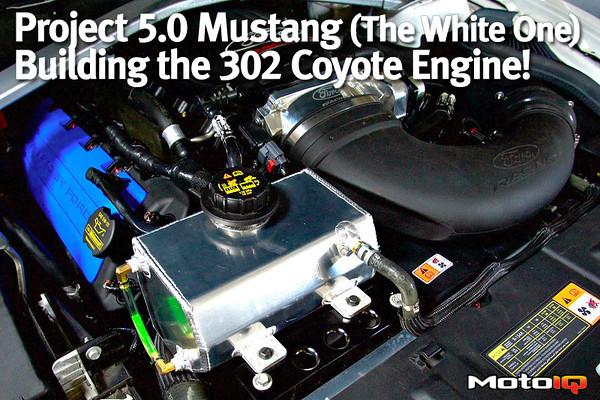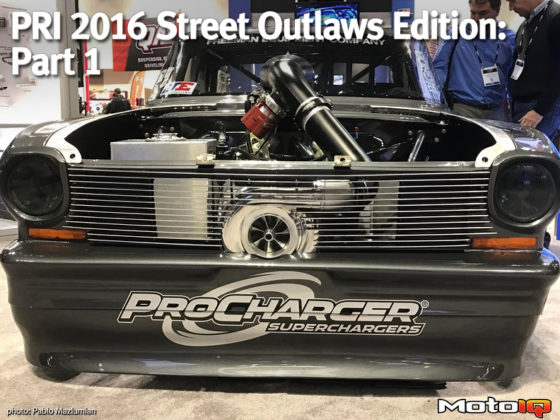
Howard then installed the XP bearings into the steel main bearing caps and applied a coat of assembly lube to them.
The Coyote engine has six bolts per main cap! Four bolts hold the cap down while two more cross-bolt the cap from the sides of the deep skirt block. This is a very strong and rigid main cap!
The old Ford Windsor motor only had two bolts per main cap and when racing, the cap would move around and flex causing bearing and crank wear. The main cap would beat up the registers and just fall out of the block. There is no way a Coyote motor would do this, even at over 1000 hp!

Howard applies some assembly lube to the crank before installing the main caps. We just used the stock crank, micropolished the journals, and balanced it. With low miles on the engine, the crank had little wear.

The main caps with bearings installed are put in place in the block in the proper order and direction.

Howard is applying assembly lube to the threads of the main cap bolts. Lubing the threads is essential to get the proper torque readings. Since this is an NA engine of modest power gains, we decided to use the stock torque-to-yield bolts to avoid distorting the mains.




2 comments
“The Coyote is interesting because it has a 90 degree V-angle, which is greater than your typical modern V-8. Ford chose to keep the 90 degree V for better NVH reasons, when most other manufacturers like Chevy run a tighter V-angle to build a more compact engine.”
That is completely untrue. Do you know what a V-8 engine is?
No, it’s not, it is completely true! If you are going to troll, you need to be smarter.